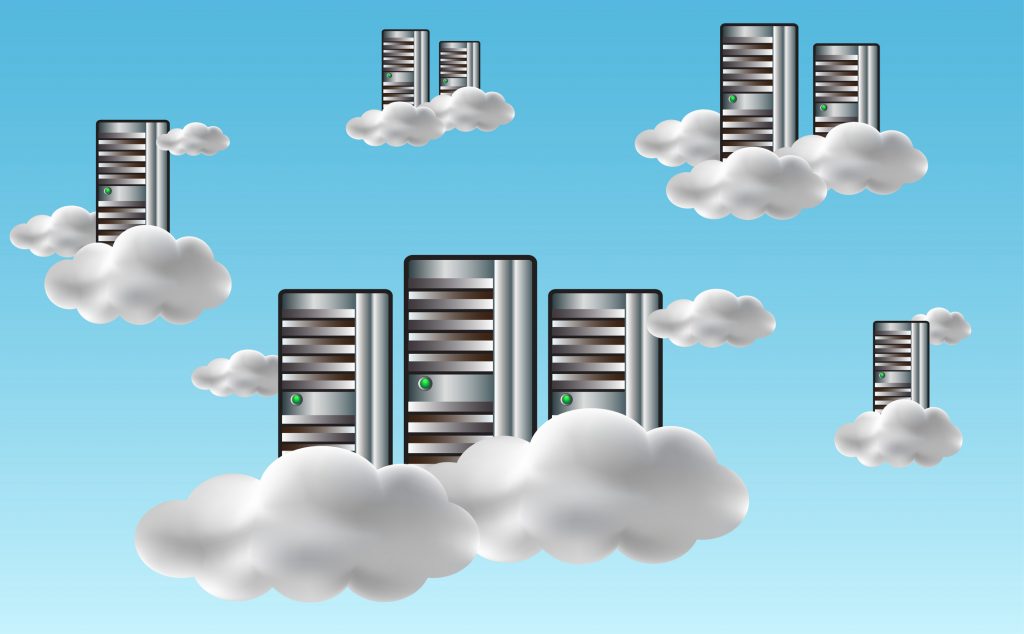
Advantages of switching to AWS RDS
 Amazon Relational Database Service (Amazon RDS) is a managed database service that allows end users to setup and operate relational databases in the cloud. RDS offers a great number of useful out-of-the-box services for scaling, backup, restoration, monitoring, high availability, and data recovery so that all you have to worry about is your application and business development.
Amazon Relational Database Service (Amazon RDS) is a managed database service that allows end users to setup and operate relational databases in the cloud. RDS offers a great number of useful out-of-the-box services for scaling, backup, restoration, monitoring, high availability, and data recovery so that all you have to worry about is your application and business development.
At the same time, the database service is very cost effective, with its pay-as-you-go cost model enabling you to focus on operational expenses rather than acquiring capital expenditure.
Amazon RDS is designed for developers or businesses who require the full features and capabilities of a relational database, or who wish to migrate existing applications and tools that utilize a relational database. There are definite advantages for database developers if they use the Amazon RDS instead of managing their own relational database, and here are some of the most important ones:
- It gives you access to the capabilities of MySQL, Oracle, SQL Server, PostgreSQL, or Amazon Aurora. Aurora is a MySQL-compatible database designed for scaling database applications without specialized tuning skills being needed
- Developers familiar with data modeling do not have to be proficient in administrative tasks, such as managing tablespaces and distributing table and index data
- There is no need to keep up with vendor security and performance patches. RDS also includes backup and recovery services
- Developers can take advantage of existing commercial licenses. For example, if you already have an Oracle license for an on-premises database, you can use the “bring your own license” option, which will save on hourly charges
- RDS also manages replication. If developers need high availability in a database, the multi-availability zone option can be used. With that option, a replica database is kept in sync with the primary database in case of failure
- AWS offers high availability and a hot failover option in another geographic location, so if the master database instance goes down, it will automatically fail to the secondary location.
- Simple API calls or manual changes with the AWS Management Console are all that is needed to scale a database service up or down as the load dictates. Storage scales up to 3TB and IOPS to up to 30,000 per instance.
- Database instances can be managed from the AWS console. When you run your own instances, you will manage them using database-specific tools.
Overall, I believe Amazon RDS reduces or eliminates many of the database administration tasks that developers face when they run their own database instances. The on demand high scalability is also very attractive. What’s your input on RDS? Please share your thoughts in the comments.
Photo Credit: https://www.flickr.com/photos/75144711@N02/6759981763/





